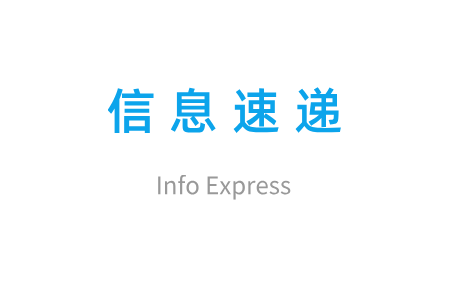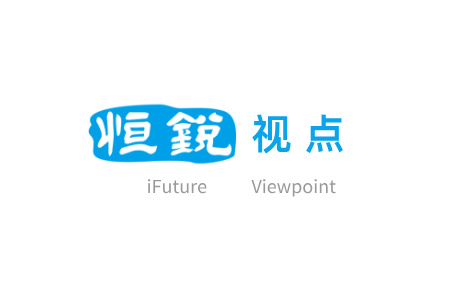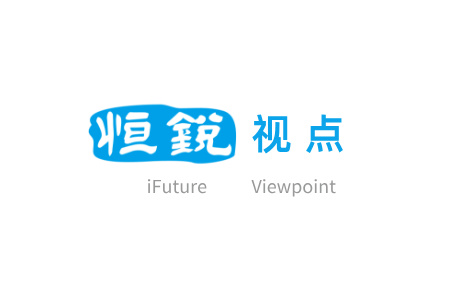Overseas Insight | USPTO Terminates 3,100 U.S. Patent Applications Due to Fraudulent Use of Signatures
In the global knowledge economy, patents protect innovations and reflect corporate competitiveness. However, integrity issues in patent applications, especially fraudulent activities, seriously threaten this system. On October 2, 2024, the USPTO terminated around 3,100 patent applications due to fraudulent use of registered practitioners' S-signatures. This incident exposes vulnerabilities in the patent application process and highlights the need to maintain integrity. This article will discuss the evolution of US patent signing document, current regulations, and main issues, providing Chinese enterprises with a comprehensive perspective to understand and address signature issues in US patent applications.
I. Overview of US Patent Document Signing
The rules for signing US patent documents have significantly evolved. Initially, according to 37 CFR 1.4(d), patent document signatures were limited to handwritten signatures, S-signatures (non-handwritten signatures enclosed in forward slashes), and graphic representations of these signatures. These signatures had to be submitted through the USPTO's patent electronic application system, with other electronic signature forms being unacceptable. However, with technological advancements and the growing prevalence of electronic signatures, the USPTO updated these regulations to accommodate a wider range of electronic signature methods.

In recent years, the USPTO revised 37 CFR 1.4(d) to allow the use of third-party electronic signature software, such as DocuSign® and Acrobat® Sign, which offer more convenient and flexible signing options. This change enables applicants to use these third-party platforms instead of being restricted to the USPTO patent electronic application system for submitting signatures. These electronic signatures must be created by the signatory themselves, clearly identify the signatory, and include the registration number of the patent practitioner (if applicable). Additionally, these signatures must be generated by specialized software to ensure the security of signature data, protected by digital certificates, tokens, or audit trails, with a note indicating the use of document signing technology at the signature. The updated signature regulations took effect on March 22, 2024, improving the efficiency of patent applications and aligning more closely with international intellectual property standards, particularly in cooperation with IP5 (the alliance of the world's five largest intellectual property offices).
To avoid complications due to untimely signing of documents, it is crucial for applicants to understand some basic knowledge about signing documents in advance. During the US patent application process, applicants must submit key documents, including the Power of Attorney (POA), Assignment Agreement, and Inventor's Oath or Declaration.
II. Patent Applications Terminated Due to Document Signing Issues Are Still Common
Although the signing rules for US patent applications have been updated to adapt to a wider range of electronic signature methods with technological advancements, this evolution has also brought new challenges and problems. On the one hand, the improper use of practitioners' signatures has become a prominent issue. According to 37 CFR 1.4(d), all signatures on documents submitted to the USPTO must be personally signed by the designated signatory to ensure the authenticity of the signature and the legality of the document. However, in practice, unauthorized individuals may use others' signatures or forge signatures electronically, which not only violates USPTO regulations but may also involve legal liabilities; on the other hand, the problems of submitting documents for improper purposes and violating the duty of candor and good faith have become increasingly evident. The patent application process must adhere to the principle of good faith, as explicitly stipulated in the patent law rules. Any fabrication, forgery, or alteration of inventive content, experimental data, or technical effects in a patent application, or plagiarism, simple substitution, or patchwork of existing technologies or designs, violates this principle.
In October of this year, the USPTO issued a final order terminating the examination process of approximately 3,100 patent applications due to fraudulent use of signatures of registered practicing attorneys. According to patent rules, signatures on documents submitted to the USPTO must be personally signed by the designated signatory, but it was found that the signatures on a large number of small entity verification forms were not signed by the individuals themselves. The USPTO emphasized that any deception of the USPTO or evasion of rules may be subject to sanctions, and reminded registered practicing attorneys to take reasonable preventive measures to protect their qualifications and notify the USPTO if any suspicious fraudulent activity is discovered.
The USPTO provides a list of registered practicing attorneys through the Office of Enrollment and Discipline to help applicants identify legitimate agents and avoid working with unauthorized agents. Additionally, the USPTO website offers tips on identifying and avoiding common scams. The USPTO stresses that preventing fraud requires the collective effort of everyone, and hopes that all applicants understand the application process and that all practicing attorneys maintain their qualifications properly. This incident also serves as a reminder to registered practicing attorneys and applicants that they have the responsibility to ensure that representatives practicing before the USPTO are legitimate and authorized, to maintain the integrity and fairness of patent applications.
III. Inspiration for Chinese Enterprises' Patent Layout in the US
In the process of seeking patent layout in the US, Chinese enterprises should first ensure the authenticity and legality of signatures. According to USPTO regulations, all signatures on documents submitted to the USPTO must be personally signed by the designated signatory. This means that any attempt to deceive the USPTO or evade rules, such as impersonating a registered practicing attorney's signature, may result in the termination of the patent application or even sanctions. Therefore, it is essential to ensure that all submitted documents meet this requirement to avoid unnecessary legal risks and application delays.
In addition, selecting appropriate foreign firms and agents is also an important means to reduce the risk of document signing. The USPTO emphasizes that applicants should ensure they work with licensed representatives authorized to practice before the US Patent and Trademark Office. This is the key to preventing fraud and ensuring the smooth progress of patent applications. Therefore, when choosing a foreign firm, it is essential to verify the qualifications of agents or attorneys to ensure they are authorized to handle related matters.
Moreover, enterprises should actively understand the latest patent application rules. The USPTO provides a list of registered practitioners to assist applicants, and enterprises can make selections from this list. The USPTO also offers tips on its website on how to identify and avoid common scams. During the patent application process, enterprises must be familiar with these rules and tips to ensure that applications meet all requirements.
In summary, when laying out patents in the US, Chinese enterprises must strictly abide by the USPTO's signature regulations, choose qualified representatives, and thoroughly understand and comply with patent application rules, to ensure the legality and validity of patent applications, thereby protecting the enterprises' intellectual property rights and business interests.




